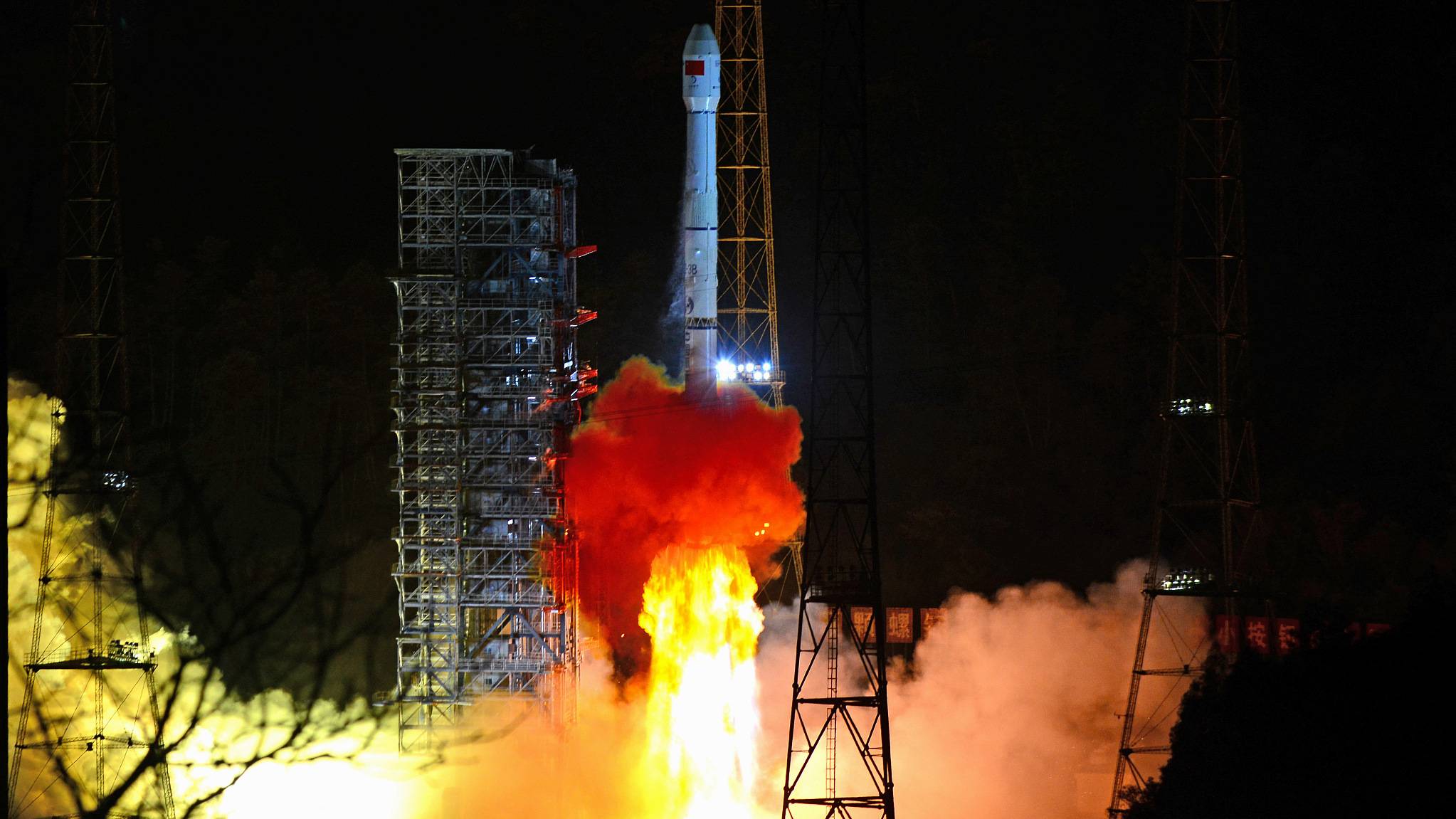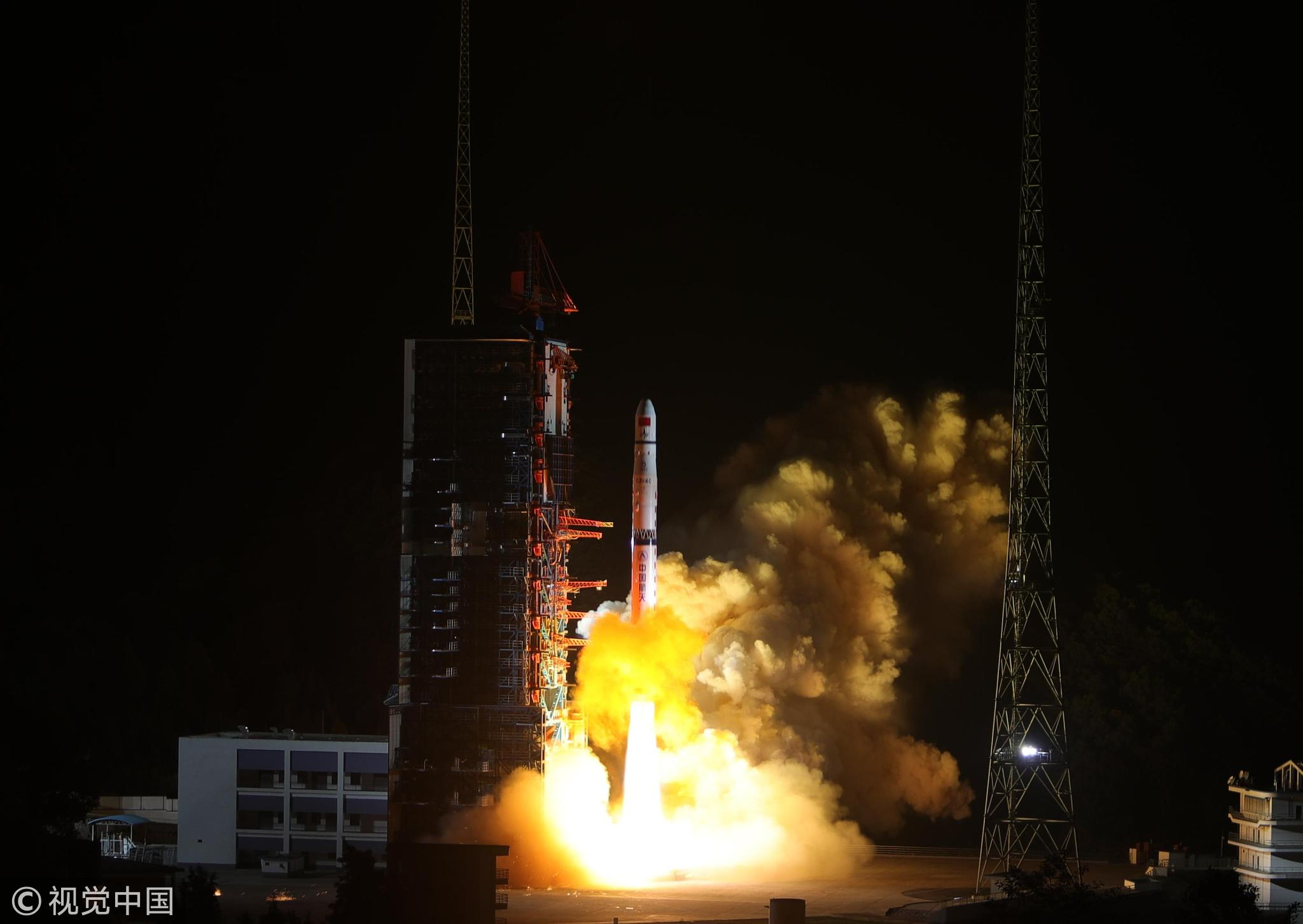
Opinions
07:39, 08-Dec-2018
Opinion: What scientists hope to learn from China's probe to far side of the moon
Updated
07:02, 11-Dec-2018
Yang yuguang

Editor's note: Yang Yuguang is the vice chair of the International Astronautical Federation Space Transportation Committee. The article reflects the author's views, and not necessarily those of CGTN.
China's Chang'e-4 Lunar Probe was launched on December 8, marking the first attempt of any nation to land on the far side of the moon. The lander will touch down in Von Karman Crater, which is located in Aitken Basin near the south pole of the moon, and has the oldest evidence for studying the history of the moon.
From the perspectives of engineering and future exploitation, the south pole region is believed to have more ice water than other regions on the moon. Thus, this mission will be able to collect plenty of information that is needed to study the possibility of utilizing water in this area in the future.

The Magpie Bridge data relay satellite was launched in Liangshan, China's Sichuan Province, May 21, 2018. /VCG Photo
The Magpie Bridge data relay satellite was launched in Liangshan, China's Sichuan Province, May 21, 2018. /VCG Photo
This is especially noteworthy because if human beings ever attempted to settle on the moon, water will be essential. Water can also be used to produce propellants for space crafts that are sent to visit other distant celestial bodies of the solar system, such as Mars, Jupiter, and Saturn.
The Chang'e-4 is originally the backup of the Chang'e-3 lunar lander. With the success of the Chang'e-3 mission, the China National Space Administration changed the destination of the Chang'e-4 to the far side of the moon.
Although the two space crafts have almost the same design and similar specifications, this change has brought about a lot of difficulty and challenges. In order to get necessary data and command to the landing side, which is invisible from the Earth, a data relay satellite was necessary for transferring signals between the Chang'e-4 lander, rover and the ground stations.
As a result, Magpie Bridge data relay satellite was launched in May 2018, which later entered a Halo orbit around the earth-moon L2 point. Its successful deployment is a critical step for the Chang'e-4 Mission.
The importance of lunar exploration projects and deep space programs like the Chang'e-4 cannot be underestimated. Not only can scientists obtain useful data for their research, test new and advanced technologies for engineering study through these programs, but they also help promote the country's advancement of fundamental science and strengthen its research capacity.
For any space exploration mission, there are direct and indirect returns. Some may argue that there are not as many direct applications and technological transfers from these missions, but the components, instruments, processing arts and other products developed during the process, will all contribute to the development of China's high and new technology industries, which are critical for the country's economic growth.

American astronauts Russell L. Schweickart, David R. Scott and James A. McDivitt (L-R) wave to well-wishers aboard the recovery ship at the completion of their 10-day earth orbital mission, March 13,1969. /VCG Photo
American astronauts Russell L. Schweickart, David R. Scott and James A. McDivitt (L-R) wave to well-wishers aboard the recovery ship at the completion of their 10-day earth orbital mission, March 13,1969. /VCG Photo
The Apollo program, a similar project, serves as a good example. The program was carried out in the 1960s and 1970s, but experts believe that it has had a long-lasting effect that goes beyond its time of operation and partly contributed to the U.S. science and technology leap in the 1980s and the 1990s.
For example, Apollo inspired many young people in the 1960s and 1970s to dedicate their life to scientific and engineering research, which provided powerful human resources for the economy booming in 1980-1990s. Today, the similar thing is happening in China.
The Chang'e-4 mission is also a result of international cooperation. The scientific research during the space missions allows us to look deeper into the solar system and its future, which is critical to a better understanding of what may eventually happen to mankind.
The success of these space programs cannot be achieved by a country's "solo work" and it requires international cooperation. The Chang'e-4 mission is no exception, which has three payloads onboard that are developed by foreign countries. In the future, we should expect more of such cooperation.
(If you want to contribute and have specific expertise, please contact us at opinions@cgtn.com.)

SITEMAP
Copyright © 2018 CGTN. Beijing ICP prepared NO.16065310-3
Copyright © 2018 CGTN. Beijing ICP prepared NO.16065310-3